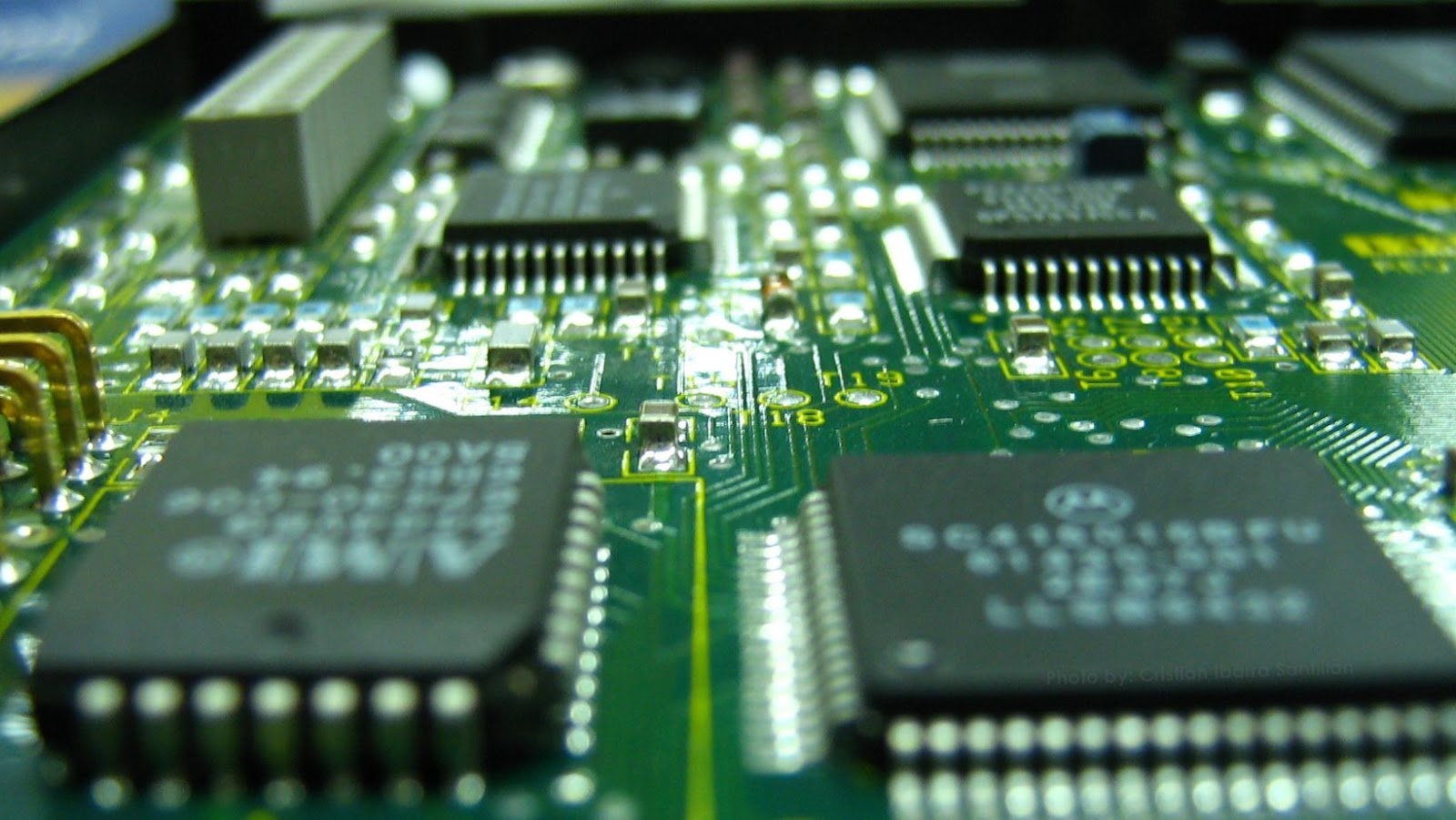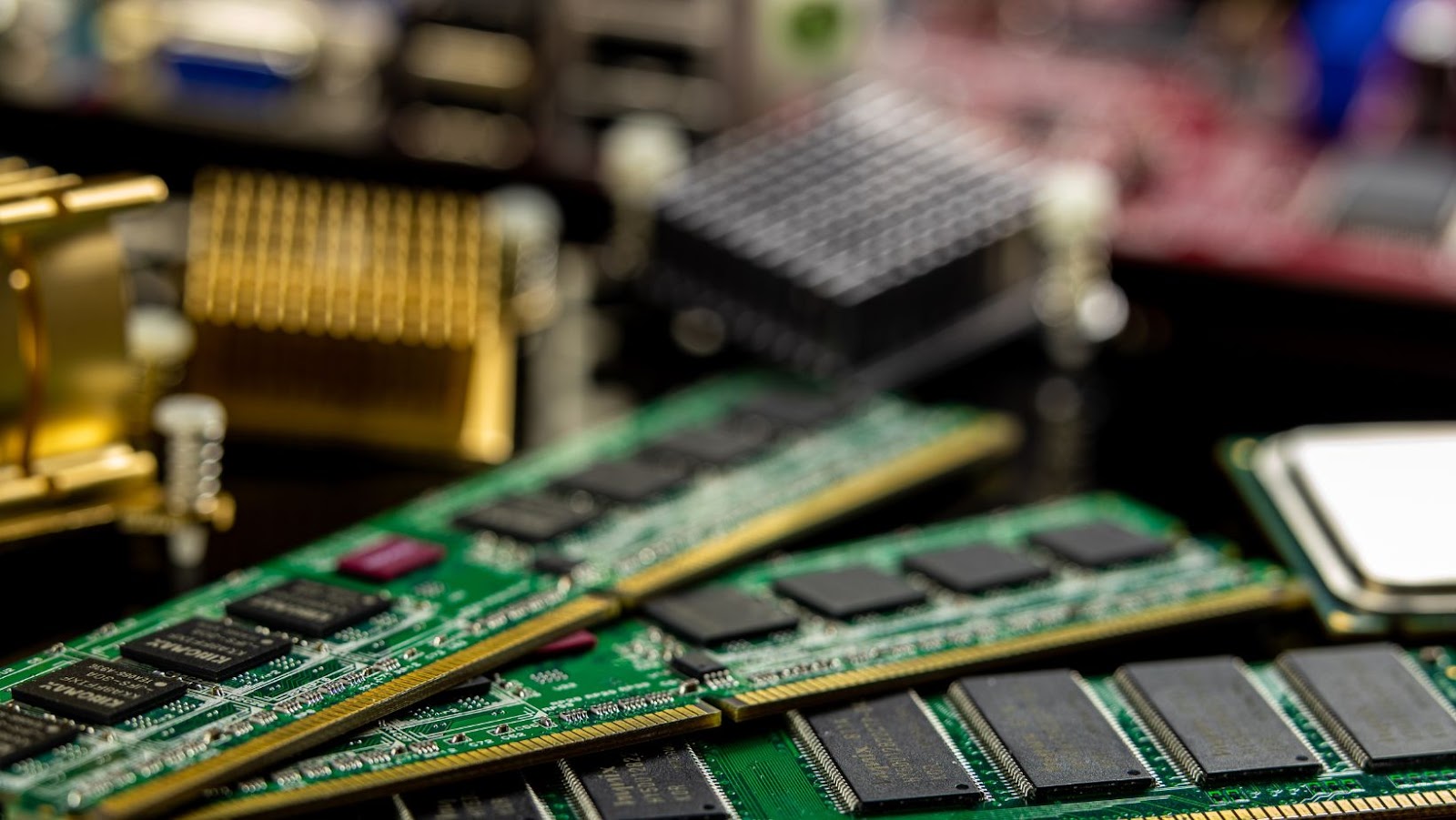Intel Corporation has long been an industry leader in the production of microprocessors and other system on chip (SoC) components. In recent years, however, the company has seen its market share erode due to increased competition from fabless semiconductor companies such as TSMC and Samsung.
Intel is now focusing its efforts on becoming a major supplier for SoC components for a variety of industries including mobile, automotive, communications infrastructure, cloud computing, connected devices, and artificial intelligence applications. To do this, Intel plans to leverage its advanced process technology platforms across a number of industry segments as well as build up a portfolio of differentiated products. Additionally, through strategic partnerships with top-tier partners such as Altera and NVIDIA, Intel will continue to develop innovative solutions to support its key customers in their respective markets.
In this article we will discuss how Intel plans to become one of the leading chip suppliers providing the highest quality and most advanced products in the industry.
Intel’s History
Intel Corporation is a global leader in the semiconductor industry and has been deeply involved in semiconductor manufacturing since 1971. The company has gone through significant changes over the years, such as its restructuring in 2020, and is aiming to become a major chip supplier to rival leading companies such as Taiwan Semiconductor Manufacturing Company (TSMC) and Samsung.
Let’s take a look at Intel’s history as a chip supplier, and how it plans to compete with the likes of TSMC and Samsung.
Intel’s Early Years
Intel was founded in 1968 by Robert Noyce and Gordon Moore, two computer engineers with backgrounds in physics and chemistry. The company quickly became a leader in the digital semiconductor world, thanks to their innovative and reliable chip designs. At that time, Intel was primarily focused on memory components and complementary metal–oxide–semiconductor processors. They developed the first Gigabit Ethernet switch chip in 1998, which set them apart from other semiconductor companies of that era.
Intel’s success continued until they were hit hard by the bursting of the dot-com bubble in 2000. Their sales decreased significantly but they were able to bounce back quickly thanks to a series of strategic moves they made during this period. They focused their efforts on utilizing mobile technologies such as Wi-Fi and cellular modems to reach a wider market and form partnerships with major players such as Microsoft, Hewlett Packard, Sony and Apple for distribution deals. This allowed Intel to remain profitable during this tumultuous period for tech companies and set them up for success in later years.
Today, Intel is one of the leading semiconductor providers and is looking at ways to further increase their market share by competing with giants like TSMC (Taiwan Semiconductor Manufacturing Company) and Samsung Electronics.
How Intel plans to rival TSMC and Samsung as a chip supplier
Intel Corporation has been at the forefront of chip technology since its founding in 1968 by Robert Noyce and Gordon Moore. Initially focused on DRAM (dynamic random access memory) chips, Intel’s dominance was first recognized with its 8086 processor, released in 1978 and widely used in the first personal computers. Throughout the 1990s and 2000s, Intel continued to be an industry leader through its Pentium line of processors.

Today, Intel is striving to become a major chip supplier by expanding beyond traditional PC products into cloud computing, robotics, artificial intelligence and self-driving cars. It is also looking to rival Taiwan Semiconductor Manufacturing Company (TSMC) and Samsung as a leading supplier of 5 nm (nanometer) semiconductor chips. To achieve this goal, Intel is investing heavily in research and development while collaborating with the open source community on projects such as CHIPS Alliance – which aims to create more affordable semiconductors – and Supermicro – which provides cloud hosting solutions for businesses.
Intel’s approach has attracted key investors whose expertise has helped propel Intel towards its ambitious goals. The company is also committed to “building an exceptional team comprised of employees from diverse backgrounds who will think differently and exceed expectations,” as part of its commitment to diversity, equity and inclusion initiatives. This dedication towards new ideas makes it clear that Intel plans to remain dominant for years to come.
Intel’s Recent Struggles
In recent years, Intel has struggled to keep up with its rivals as demand for more powerful computing chips has grown. Intel’s 14-nanometer manufacturing process, which it has been using since 2013, has since been outpaced by rivals Taiwan Semiconductor Manufacturing Co. (TSMC) and Samsung Electronics Co., both of whom are now offering 7-nanometer chips. Facing increased competition from those two companies, Intel had been in danger of falling behind the curve and losing its market share.
To remain competitive, Intel has made several key changes to how it operates—and these choices will likely decide its future success or failure as a chip supplier. The first was going to an outside foundry to manufacture 10-nanometer chips in 2020, making them available before the second generation 7-nanometer designs arrive in 2021. Intels also announced the development of stacking technology that would increase multiple processing cores on single chips designs – allowing them to produce much more complex processing than before, while taking up less space on mobile devices like laptops and smart phones. This could be a major game changer for Intel if they can get the technology right and deliver reliable products on time.
Moreover, software improvements have also played an important role in transforming Intel into a formidable supplier; they recently launched OneAPI – a unified programming model designed to enable developers to write code faster and more efficiently across different architectures teams working on cloud computing projects can optimize performance for advanced applications running in virtual private clouds by including AI tool kits such as TensorFlow Lite or model compilers from NVIDIA’s CUDA platform or OpenVINO from Intel themselves into their workflow pipelines.
For now, it remains unclear if these strategies will be enough for Intel to reclaim its former glory as one of the top suppliers of processor chips; however their recent efforts suggest that they are certainly not indifferent players when it comes modern day competition between chip producing giants like TSMC and Samsung.
Intel’s Strategy
Intel is looking to become a major chip supplier, rivaling the likes of TSMC and Samsung. To do this, Intel has announced their plan to invest heavily in factories and expand their capabilities.
This article will discuss Intel’s strategy and what they plan to do in order to become a major chip supplier.
Expanding Foundry Services
Intel is developing the world’s most advanced foundry business to become a major chip supplier for its customers. Foundry services are capabilities that a manufacturer provides to its clients, such as design, fabrication and assembly of semiconductors.

Intel plans on expanding this service by investing in existing factories and building new factories with foundry capability, so that it can compete with other major chip suppliers like Taiwan Semiconductor Manufacturing Company (TSMC) and Samsung.
To do this, Intel is investing in improving the design of chips they already produce, as well as creating entirely new “system-on-a-chip” (SoC) designs that merge processing cores with memory and application-specific blocks required by specialized customers. Intel will also focus on advancing their process node technologies – where features on chips are becoming increasingly small compared their predecessors – not only shrinking size but increasing performance. These advances include advancements in stacked architectures, special packaging technologies, etc.
Furthermore, Intel is leveraging the latest software tools from partner companies like Cadence Design Systems and Synopsys to make sure that these designs meet customer requirements faster than ever before without compromising quality or security. This will enable them to provide better support for customer applications regardless of whether they use proprietary designs or generic solutions like ARM or RISC-V cores (which can be used by anyone). By offering these services and products online or through retails stores, Intel can expand its reach even further into the market for semiconductor solutions.
Investing in New Technologies
Intel has expressed an interest in investing in new technologies and process nodes, such as 7nm and 5nm, to compete with TSMC and Samsung. Intel plans to open up a new foundry business that makes advanced chip-making equipment, allowing the company to produce more fast CPUs and GPUs. Intel has also recently announced plans to acquire some of the core technology providers in this space, such as ASML, for a $15 billion takeover bid.
In addition to investing in new technologies and process nodes, Intel is deploying new strategies to penetrate further into the fabrication sector. For example, its efforts include developing cutting-edge chip designs that simplify manufacturing by recycling older wafer processes at very low cost points; acquiring FPGA software tool producers; introducing system-on-chip solutions; partnering with innovative companies focused on disruptive data center technology solutions; placing strategic coupler solutions for advanced integrated circuitry needs; and purchasing new factories with the help of government entities — all of which will help it expand its presence in the semiconductor market.
Acquiring New Companies
Intel, a leader in semiconductor chip design and production, recently announced plans to become a major chip supplier. To achieve this goal, the company has outlined plans to strategically acquire new companies and products.
Intel’s strategic acquisitions will give it access to advanced chip technologies that are currently owned by its competitors. In addition, the company plans to pursue synergies and explore strategic partnerships with other industry leaders. As a result, Intel will be able to increase its footprint in this competitive market and gain access to new markets and end-users around the globe.
In order to remain competitive against other industry heavyweights such as TSMC and Samsung, Intel also plans to invest heavily in research and development in order to develop new products with superior performance combined with competitive pricing. The company is also looking at innovative ways of leveraging its existing technology base by developing custom chipsets for specific markets such as automotive or machine learning regardless if they are based on ARM or x86 architectures.
Furthermore, Intel intends to strengthen its leading role in cutting-edge areas like 5G radios, autonomous driving systems support systems for cloud computing platforms as well as next-generation processor foundations like FPGAs (field programmable gate arrays) and ASICs (application specific integrated circuits). By acquiring companies with experienced personnel or products that show potential for growth in these areas, Intel could improve its competitiveness against other contenders on a global scale.
Intel’s Challenges
Intel is one of the biggest chip makers in the world, but its ambitions to become a major chip supplier and rival companies like TSMC and Samsung is no easy task. There are numerous challenges Intel needs to overcome to reach its goal.
Here, we will explore some of the greatest challenges Intel faces in becoming a chip supplier.
Overcoming Technical Challenges
Intel’s big challenge in retaking its place as the world’s foremost chip supplier is overcoming its technical challenges. Intel has been behind the curve when it comes to miniaturizing its chips, and has failed to keep up with the likes of TSMC and Samsung, both of which have advanced their chip processes to 7nm.

To address this, Intel has accelerated its own process node timelines, with a goal of bringing its 7nm process nodes online by the end of 2021 earlier than originally planned. The company is also driving forward development on its 10nm SuperFin process node technology.
The company intends to further accelerate new process nodes from two years to one-and-a-half years going forward, aiming for a competitive edge against TSMC and Samsung. This rapid rampup in process node progression is expected to help Intel bolster competition in foundry services that are currently dominated by its rivals. With Intel striving for more competitive margins in chip design and production, the company stands ready once again for major semiconductor battled ahead.
Competing with TSMC and Samsung
Intel has long been one of the world’s most influential chip makers, but it faces growing competition from rivals like TSMC and Samsung. The two Asian giants are leading the way in advanced chip-making technologies such as 3D-stacking and seven-nanometer manufacturing. To remain competitive, Intel needs to catch up on these new technologies to offer cutting-edge products to its customers.
While Intel already has some presence in the advanced semiconductor market, it must now step up its efforts if it hopes to rival TSMC and Samsung as a major chip supplier. To do so, Intel plans to invest heavily in research and development and expand its chip-manufacturing capabilities with multiple factories across the globe. It is also looking into partnering with third-party manufacturers for production of certain components, including foundries for smaller chipsets needed for mobile devices. In addition, Intel is investing heavily in Artificial Intelligence (AI) research and development, which could give it an edge over its competition if successful.
By adapting quickly to new technology trends, investing in new concepts such as AI chipsets, expanding manufacturing capabilities through multiple factories around the world and partnering with third-party manufacturers; Intel holds a strong hand in competing against its Asian rivals as a major supplier of advanced integrated circuits. With these steps firmly implemented into their plan of action; Intel has good chances of staying one step ahead in this ever technologically advancing landscape.
